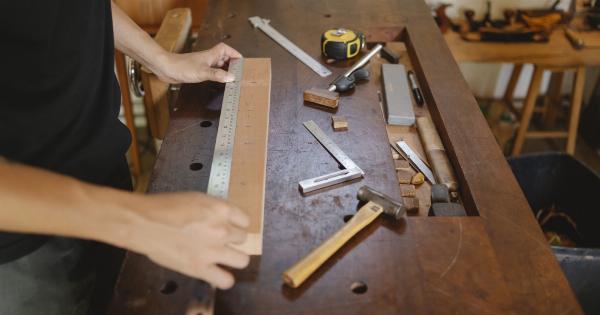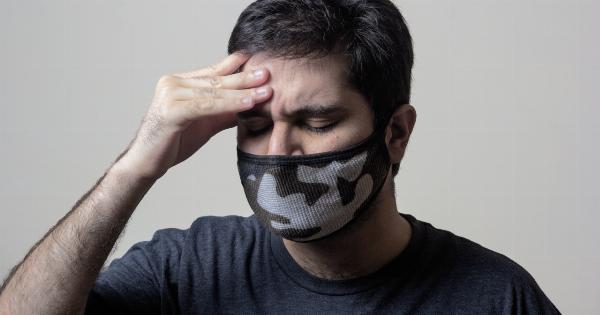Have you ever thought about the incredible invention of the shoe? It is an item that is so common in our lives that we don’t even notice it, but it has been a fundamental part of human history, culture and evolution throughout the ages.
However, with every pair of shoes, there is also a foot that fits inside it, and the mystery of the foot and the shoe is a fascinating topic to explore.
The Anatomy of the Foot and Its Evolution
The human foot is a remarkable structure that has evolved over millions of years. It consists of 26 bones, 33 joints, and more than 100 muscles, tendons, and ligaments. However, it wasn’t always the way it is now.
Our earliest ancestors had feet that were more like hands, with five digits that were capable of grasping and climbing trees. As humans evolved to walk upright, our feet changed as well. The big toe moved to a more forward position, and the arch of the foot developed to cushion the impact of walking and running on hard surfaces.
The development of the arch was crucial to human evolution because it allowed us to become more efficient walkers and runners, which in turn gave us the ability to hunt, forage, and explore new territories.
However, the arch also makes our feet vulnerable to injury and pain, especially when we wear shoes that don’t fit properly.
The History of Shoes
The first shoes were probably made from animal hides or woven grasses and were designed to protect the feet from rough terrain and extreme weather conditions.
However, as humans began to develop cultures and societies, shoes became more than just a practical item. They became a fashion statement, a symbol of social status, and even a form of religious or cultural expression.
In ancient Egypt, shoes were often decorated with gold, silver, and precious gems, and were reserved for the elite classes.
In ancient Rome, shoes were an important part of the military uniform, and soldiers were required to wear a specific kind of sandal called a caligae. In medieval Europe, shoes became a way to display wealth and power, and the length and style of the shoe was often regulated by law.
As manufacturing techniques improved, shoes became more widely available and affordable. In the 19th century, the Industrial Revolution brought the mass production of shoes, making them more accessible to the general population.
Today, shoes come in countless styles and designs, from athletic shoes to high heels, and there is a shoe for every occasion and every budget.
The Impact of Shoes on Foot Health
While shoes have certainly improved our ability to protect our feet from injury and pain, they can also have negative effects on foot health. Shoes that are too tight, too loose, or have high heels can cause blisters, calluses, and corns.
They can also lead to more serious conditions such as plantar fasciitis, metatarsalgia, and even stress fractures.
In recent years, there has been a growing movement toward barefoot running and minimalist footwear, which is designed to mimic the natural movement of walking and running without the support and cushioning of traditional shoes.
Proponents of this movement argue that our feet are designed to function without shoes and that modern shoes have led to weakened foot muscles, limited range of motion, and poor posture.
The Psychology of Shoes
Shoes not only play a physical role in our lives, but they also have a psychological impact. Shoes can be a form of self-expression, a way to communicate our personality, and even a form of social signaling.
In fact, studies have shown that people can accurately guess a person’s age, gender, and income level based solely on the shoes they wear.
Shoes can also affect how we feel about ourselves. Wearing a pair of high heels, for example, can make us feel more confident and powerful. Wearing a pair of sneakers can make us feel more relaxed and comfortable.
The color and style of shoes we choose can also reflect our mood and personality.
The Mystery of the Missing Shoe
The foot and the shoe are so closely intertwined that it’s almost impossible to think of one without the other. However, sometimes shoes can disappear without a trace, leaving us with the mystery of the missing shoe.
How many times have you lost a shoe and never been able to find it again?.
It’s a common occurrence and one that has puzzled scientists and researchers for years. There are many theories as to why shoes go missing, including mischievous pets, forgetful children, and even supernatural forces.
Whatever the reason, the mystery of the missing shoe remains unsolved.
The Future of Shoes
As technology continues to advance, it’s likely that the future of shoes will evolve as well. We may see shoes that are more personalized, with sensors that can monitor our foot health and adjust to our individual gait and posture.
We may also see shoes that are more environmentally friendly, with materials that are biodegradable and sustainable.
Whatever the future holds, one thing is certain – the mystery of the foot and the shoe will continue to fascinate and intrigue us for generations to come.






























